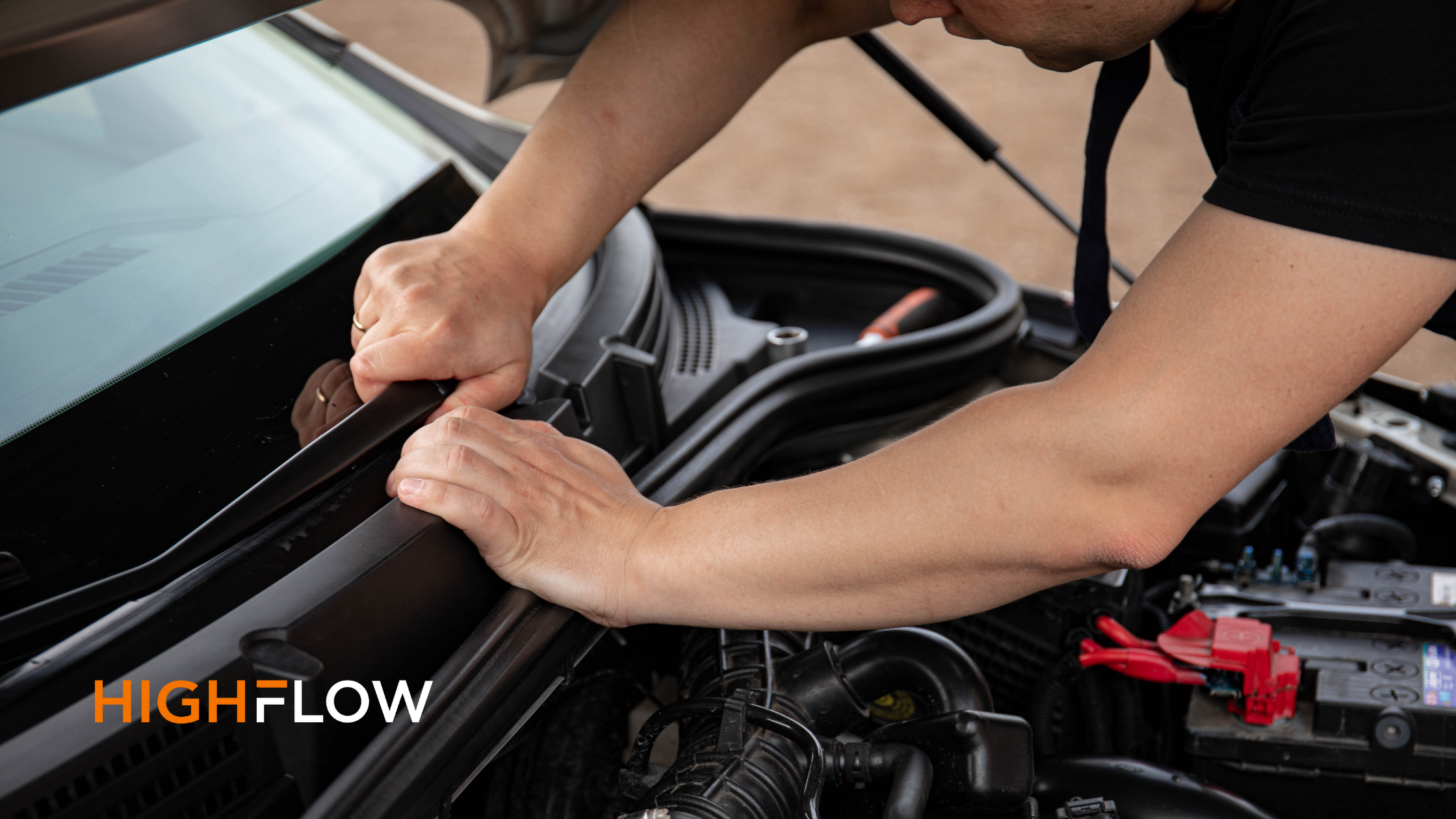How to Choose the Right Wiper Blade for Your Car

Vehicle manufacturers have complicated wiper blades, making it challenging to select the right ones for your vehicle. Wiper blades come in various types and sizes, so to help you choose correctly, we’re breaking down the main types of blades and providing maintenance tips to ensure they last.
Types of Wiper Blades
Wiper blades come in many different types and materials, each designed for specific driving conditions. Understanding your options will allow you to choose the right windshield wiper blades for your vehicle. The types of windshield wipers include:
-
Conventional: Conventional blades are what most people think of when they think of a windshield wiper. They have a metal or plastic frame and a rubber blade with multiple pressure points that press the rubber blade against the windshield. Conventional blades work well in many conditions, are often budget-friendly, and are easy to install.
-
Beam: Beam blades offer a frameless structure with a curved steel spline that provides even pressure when the blades move across the glass for a cleaner windshield. They do not have an external metal frame and offer better contact, especially in heavy rain, snow, and high-wind situations. Beam blades are usually more expensive than conventional blades but tend to have a longer lifespan.
-
Rear: Rear wiper blades are specifically designed for the rear windows of SUVs, hatchbacks, and crossovers. They are typically shorter and feature a different attachment style than front wipers. Rear wiper blades come in various types based on the vehicle's year, make, and model.
-
Winter: These blades are specially designed for harsh winter conditions. They feature a heavy-duty rubber shell that protects the blade from snow and ice buildup. The rubber also allows the blade to remain flexible in freezing temperatures. Winter wiper blades are perfect for clearing slush, snow, and freezing rain. These blades tend to be slightly bulkier than other types, making them less aerodynamic. They are not recommended for year-round use or in warmer climates.
Wiper Blade Maintenance

It’s easy to forget about wiper blades until you’re caught in a rainstorm and they start to skip, squeak, or stop working altogether. Maintaining your wiper blades is the key to making them last. Here’s what you can do to extend the life of your wiper blades:
-
Check for damage: Gently lift and inspect the blade for cracks, tears, or missing rubber pieces. Run your thumb along the blade's edge to ensure it is smooth. Look at the frame to ensure there is no damage, and check that the squeegee is secure. Then, turn your wipers on and listen for squeaking, skipping, or unusual noises.
-
Keep the windshield clean: Running your wipers with dirt or debris on the glass can cause the blades to wear down faster.
-
Replace them every six to twelve months: Climate, frequency of use, and the quality of the blade can all impact how often you should replace your blades. If you live in a place with frequent rain or snow, you may need to replace them more often.
-
Clean them regularly: Check the arms for buildup or debris, and use a soft, damp cloth or paper towel to remove dirt or grime.
-
Raise your wiper blades in winter: Lift your wiper blades away from your windshield during winter to prevent ice from building up on the rubber squeegee and from freezing to the windshield. Before turning your wipers on, ensure your windshield is fully defrosted.
Picking the right windshield wiper type for your car doesn’t have to be hard. Now that you know the different types of wiper blades and how to maintain them, you know the answer to, “What windshield wiper do I need?”










